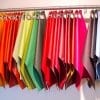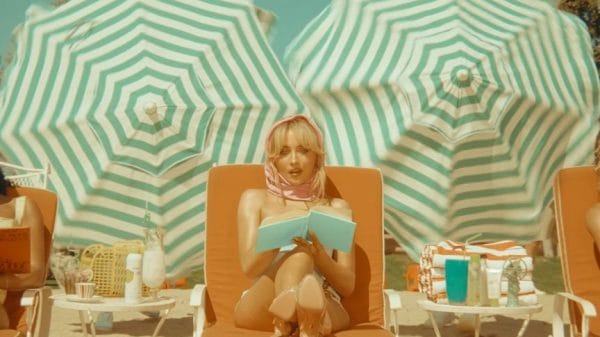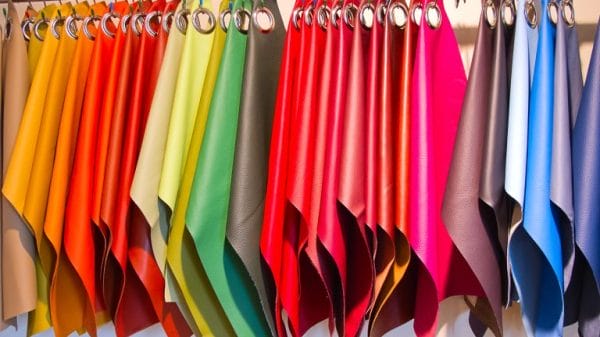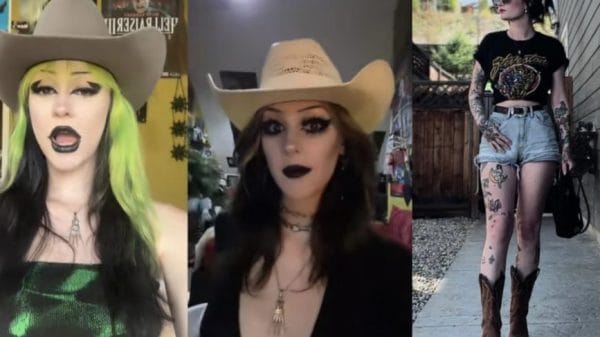The threat of economic recession looms heavily over this year, with the Bank of England predicting a shrinking economy until the end of 2023. With this economic slump, we may see changes in spending habits. What you might not expect is the strong influence this may have on fashion trends.
Luxury goods are usually the first to be sacrificed in order to save money, meaning high-end brands lose customers (with the exception of the upper classes). When money is tighter, we tend to be more considerate of what we purchase, meaning the economy and the fashion world are inextricably linked. In periods of economic recession, fashion brands need to adapt to consumers’ changing priorities. This, therefore, results in a significant aesthetic shift during such periods.
In our current economic climate, such a shift may be coming soon. As we come into 2023, more neutral tones and classic silhouettes replace the bright patterns and excessive makeup popular in 2021. So, what are the indications of recession in the fashion world?
The Hemline and High Heel Indexes
The Hemline Index Theory proposes that skirt hemline length correlates with market conditions. In other words, during periods of economic growth, skirts tend to be shorter due to increased confidence and stability. For instance, miniskirts became popular in the 1920s, but hemlines became longer during the Great Depression and World War Two.
The High Heel Index Theory operates on the opposite principle, where higher heels become popular when the economy is declining. Higher heels may be symptomatic of using fashion as escapism during rough economic times. The median height of heels peaked at 7 inches in 2009, but dropped back 2 inches in 2011 as the economy recovered.
Other indexes also exist like the Lipstick Index, which initially asserted that cosmetic sales increase when the economy declines. However, this index is now widely discredited, since recent cosmetic sales have risen and fallen in tandem with market economy. This further emphasises the prioritisation of some ‘luxury’ items over others during recessions, with some sectors (including the cosmetics industry) experiencing lower profits.
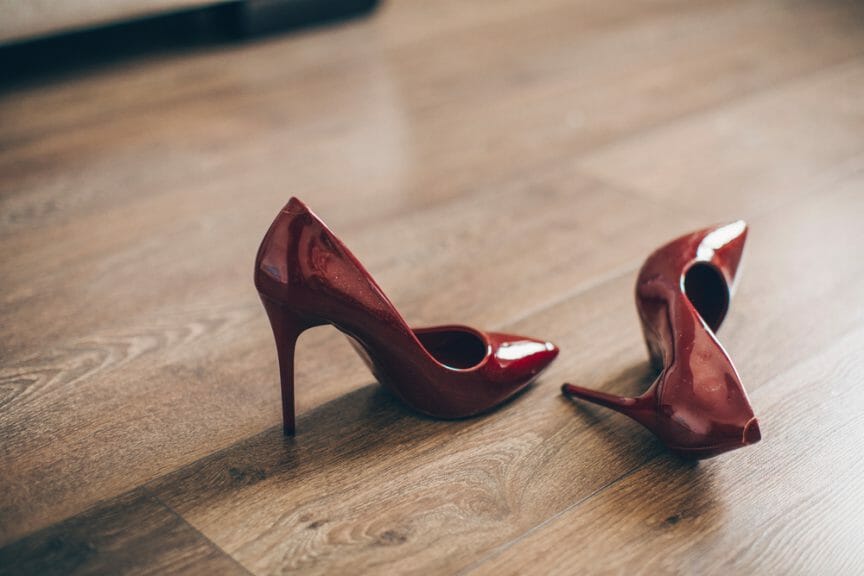
Post-Recession Fashion
Fashion after the 2008 recession was drastically different. The early 2000s was an era of bling and camp, with embellished Juicy Couture tracksuits and denim mini-skirts, but post-2008 styles were far more minimalistic. A brief boho revival occurred in the early 2010s, along with the edgy ‘indie sleaze’ style that emphasised dark colours and grimier aesthetics. Long skirts and dresses were in style, showing how more safe and practical styles become favourable in unstable periods.
We may be witnessing a similar aesthetic shift right now. The creation of new styles encourages consumers to purchase goods, leading to drastic shifts in fashion depending on market conditions. Retail sales increased in 2021 due to the lifting of stay-at-home orders. The micro-mini skirt became popular, along with colourful chunky knitwear.
However, we are now nearly three years post-pandemic and possibly heading into recession, meaning longer hemlines should be commonplace. The midi and maxi skirt are on the rise on fashion social media and minimalistic styles are gaining traction. The bright colours present in the past two years are slowly becoming more muted. Consumers may be opting for more basic, plain items as investment pieces instead of following trends.
Minimalist jewellery might also be a sign of an impending recession, with Twitter users noting the lack of jewellery at red carpet events. While this could be explained by lavish dresses not needing extra embellishment, luxury items usually are the first to go during recessions. Upper-class, wealthy celebrities, however, would most likely be immune to this.
How do we navigate recession fashion, then? As money becomes tighter and inflation increases, buying new pieces may not be the priority. Reusing old items of clothing and investing in basics could be of great benefit. Besides, rocking a mini-skirt whilst the economy crumbles might boost your morale.






